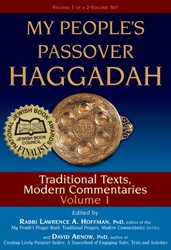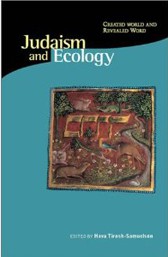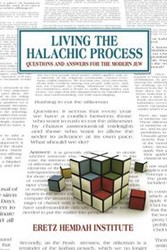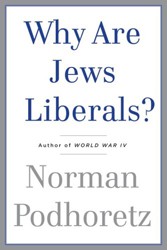Despite the fact that Judaism has survived three thousand years — “the senior nation of the Western world” — today American Jews are fast disappearing. David Gelernter believes the reason is that most Jews see a fractured Judaism — a set of rituals, a history, a culture — and fail to grasp the grand scheme and underlying ideas of Judaism. In this brief but intellectually packed book, Gelernter attempts to present Judaism as a total structure, to begin a Torat ha-lev, the Torah of the mind and heart that can lead to understanding the pressing questions of human existence.
A professor of computer science at Yale, Gelernter is also an artist, novelist, and contributing editor to the Weekly Standard. He brings to this deeply felt book the full impact of his understanding of literature, science, art, philosophy, and Christianity as well as his broad knowledge of Judaism.
To view Judaism from different angles, Gelernter identifies four theme-images to explain some of the issues that contemporary Jews may find distant or archaic. The theme of “separation” addresses the intricacies of halakha. “The veil” explains how to experience an indescribable and abstract God. “Perfect asymmetry” describes the relationship of men and women, family and sexuality, and “inward pilgrimage” wrestles with the problem of evil and a just and merciful God.
Through these themes, which Gelernter paints in vivid and poetic language, he presents a multilayered picture of Judaism. Image is laid on image — the veil is the tallit that allows the wearer to feel God and is also the curtain behind which the transcendent dwells, as God dwelled in the Temple’s Holy of Holies; it is the wedding veil; it is the reverse side of the mezuzah scroll on which Shaddai is inscribed. And so with Gelernter’s three other images; they embrace, enfold, and unravel layers of biblical, literary, and midrashic reference, each layer offering another view and entry into Judaism. Inner pilgrimage, the final image, is a moving and intellectually exalted vision of each individual’s struggle to the place, deep within your mind, where you will meet yourself and your God.
Challenging, often exhilarating, richly learned, intensely personal, and tough-minded, Judaism offers a passionate picture of Judaism. This said, the Judaism that Gelernter describes is not one that all Jews will recognize. For him normative Judaism is Orthodox Judaism. This definition throws up stumbling blocks for many practicing non- Orthodox Jews in United States. With the statement “‘female rabbi’ and Jewish law are mutually exclusive,” he disenfranchises large numbers of Jews; references to the Lord and man, rather than human being, undercut his assertion of the asymmetric but equal role of women in Judaism. Concepts of community and social justice, vital to many Jews, have no mention in Gelernter’s Judaism.
In Gelernter’s desire to address both Jews and non-Jews, Judaism requires no knowledge of Hebrew or Judaism.
Maron L. Waxman, retired editorial director, special projects, at the American Museum of Natural History, was also an editorial director at HarperCollins and Book-of-the-Month Club.





